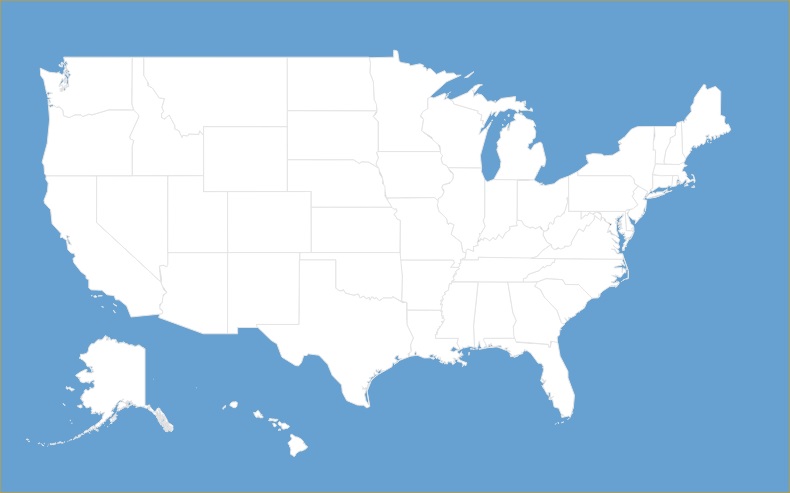CRREO releases interactive map that answers the question “What if Congress was like us?”
 With Election Day fast approaching, the Center for Research, Regional Education, and Outreach (CRREO) at SUNY New Paltz is answering the question ‘What if Congress Was Like Us?’
With Election Day fast approaching, the Center for Research, Regional Education, and Outreach (CRREO) at SUNY New Paltz is answering the question ‘What if Congress Was Like Us?’
Using the most recent census data available, Joshua Simons, senior research associate at CRREO and a SUNY New Paltz alumnus (Class of 2008), created an interactive, hypothetical map that profiles each state’s delegation to the U.S. House of Representatives based on the demographic characteristics these members of Congress would have if these were proportional to the demographic characteristics of the people of the states that sent them to Washington. Here’s what Simons found:
- There would be 13 more women than men in the House of Representatives — this is more than twice as many women than now serve.
- There would also be twice as many Hispanic representatives and 25% more African-American representatives in the House.
- Members’ median income, before being elected, would be approximately $53,000 and 31 representatives would have made less than $10,000 per year — for their entire household.
- There would be 89 representatives in the House under the age of 35 and the median age of representatives would be 38 compared to the current 57.
- 60 representatives would not have earned a high school diploma.
“This work encourages all of us to think hard about the meaning of “representation,” and about the degree to which Congress is truly representative of all Americans,” said Gerald Benjamin, CRREO director and associate vice president for regional engagement.
He added: “While this project is not designed to propose an electoral system that would create substantially different demographic and social outcomes in Congressional membership than the one now in use, it is clear that the current system is not likely to do so. The combined effect of our two-party system, the use of gerrymandered single-member districts and big money politics shapes political opportunity and choice in limiting ways.”
To view the online map, visit http://www.newpaltz.edu/crreo/congress.
About CRREO
CRREO was established in 2007 to further engage the College and its faculty and students with communities, governments, not-for-profits, and businesses across our region. CRREO conducts and publicizes research on regional topics; creates and directs select institutes focusing on specific topics of regional interest; connects and partners with local governments, not-for-profits, and businesses to initiate reforms and advocate for best practices; contracts to assess the performance of public and not-for-profit agencies and programs; and works to foster intergovernmental collaboration and community engagement.

